Learning with Lomography: Spazio Labò Students and the Diana F+ – Part 2
4 Share TweetFrom Bologna to Bandung, London to Shanghai – we have collaborated with universities and schools all over the world to give creative students the chance to enjoy their own Lomographic experiences. Through this series we see how the students brought their artistic visions to life with the help of a range of Lomography tools.
Today we’re back in Bologna for part 2 of our collaboration between Spazio Labo' and Lomography. Inspired by Franco Vaccari's essay, Photography and Technological Unconsciousness , in which the author invites reflection on photographic tool and the meaning of photography in contemporary society, the participants were invited to develop a project using Diana F+ medium format cameras, Lomography film and the DigitaLIZA Max scanning kit. In this edition of Learning with Lomography, we meet even more participants from the project and take a look at various creations.
Sofia Dora Chilleri
My name is Sofia Dora. I like to do things my way, without having to seek the comfort of the positive feedback of others. I've done many different jobs. I studied languages, literature and philology at university. The truth is that I don't like seeing myself framed in a discipline. I like art and human ingenuity in all its nuances. I like cats and plants, transitional seasons, unpredictable things and routine. I love the grandeur of seemingly insignificant things.
For me photography is the natural result of many things that I have felt inside and I have tried to show other people through a medium that is as immediate as possible. I can say that if in writing I remain a bit a slave to a certain type of training and virtuosity, in photography, being profoundly and proudly uneducated, I can rejoice in the total absence of any kind of structure, and this makes me feel very free to play and experiment, completely assuming the risk of being imperfect, imprecise, without a technique. Perhaps photography came at a time when I needed to get in touch with parts of myself that lack structure and logic. I don't know, it just arrived, and it was something huge for the simple fact that it filled me with joy and passion, it lit a fuse.
What I like about the Lomography products I've tried so far is above all the fact that the result is often fortuitous, unexpected, surprising. In this sense, the Diana has perfectly met expectations.
You can see that it was very difficult for me to deal with a medium I don't know. I'm much happier with the photos I take with my Lomo'Instant or the Lomo'Instant Wide .
My initial idea was to get to know the person through their space. Looking at the result, I realized that without even noticing it I did the reverse process: I read a space through the eyes of a person. Or at least, it seems that way to me. This result surprised me because it is not what I expected, but the beauty of the world of Lomography is just that; unpredictability and fallacy. I called my project "The anthill", which is the image that most seemed to me to reflect this idea of small human lives that inhabit spaces and build them, to then see them change with the passing of the generations who live in a given space.
Marco Moschini
I'm Marco, I come from the remote province of Pistoia and I'm 22 years old. It's only been a year since my basketball coach (and thanks Lorenzo) handed me his Pentax MX and a roll of Kodak Gold 200 and told me to go, without specifying anything else. With such a fascinating tool in hand, I knew it wouldn't take me long to get passionate. What I didn't know was how, frame by frame, a personal idea of photography would be built, continuously evolving.
The call for the project with Spazio Labò interested me because I thought that interfacing with other photographers would be as useful as it was fun, as well as new for me.
If medium format wasn't new, the Diana F+ was. That charm! Mine was pink, with this huge and disproportionate flash. The pinhole is a wonderful feature and rare to find, even though it harks back to the dawn of photography. The ease of making multiple exposures (even accidental ones! And often these are more than pleasant) is the trademark of an instrument that has the nuances of unpredictability and lightness.
My series of photographs was born a bit by chance. It's strange to say but I preferred to let the camera amuse and surprise me rather than fix a precise theme around which to move. And although this is a very unprofessional method, it seemed to me the right one to allow the machine to perform at its best. However, it is also true that once the two rolls were finished I tried to create a narration around my works.
Taking photos of my grandfather shaving was an intimate and fun experience. What an emotion. What a mustache. I had a lot of fun with the pinhole. In my opinion it produced some “dreamlike” effects in an excellent way, in addition to blur in the photograph of the girls running, my favorite.
My idea of photography is closely connected with society and its nuances, so it's not difficult for me to have ideas or projects, as long as I look around me and acquire what comes towards me, conceptually and physically. I don't know if there's a purpose or a way to connect the dots, my awareness for now stops at the level of research and documentation. I almost never "chase" the photographs, even if (and it's not necessarily a negative aspect) this often implies a lot of time to draw conclusions from the projects.
In any case, some of what I produce ends up here on my LomoHome. I want to thank all the Lomography and Spazio Labò team for the opportunity given to me, above all for allowing me to meet excellent photographers and wonderful people (funny how these two things often coincide.)
Lorenzo Attolini
My name is Lorenzo, I'm 20 years old and I'm originally from La Spezia. In the last year I moved to Bologna to start my University career.
I started photographing as a child almost for fun with a Nikon compact digital camera, from then on we can say that this passion of mine has never stopped. In the last six years my approach to photography has changed, over time I have tried to acquire greater awareness of the photographic medium and of photographic theory in general. As far as analogue photography is concerned, it was a later discovery. In the last three years I have enjoyed shooting a few rolls every now and then, especially when my relationship with digital goes into crisis.
Thanks to the Diana I shot for the first time with 120 film, up until now I had only been able to shoot with 35 mm film. I particularly liked the flash, which I used for almost every shot. In addition to being very useful, it has an aesthetic that I really like.
The scanner is very small and convenient, if you want to scan quickly it can come in handy. I think it fully takes up the concept that Diana also transmits, giving less space to technicalities but making the creative path much more fluid and instinctive.

In this series I wanted to show the change I experienced between Spezia and Bologna. I had two rolls of film available, so I decided to shoot one roll per city. On the one hand my origins, the traditions of the gulf and my bond with the sea, on the other a new, explosive and youthful environment such as Bologna. I wanted to show this dualism between origins and novelty. In Spezia I had the opportunity to spend a working day with mussel farmers. It was an experience I had wanted to have for a long time, being able to see one of the most traditional and humble professions of the gulf up close was extraordinary. They are really strong men, they go out to sea all year round. Despite the cold, icy water and fatigue they are extremely cheerful. I also believe that this profession is very suitable for understanding the essence of La Spezia's character.
In Bologna, however, I wanted to concentrate on my peers. Thanks to the university the city is full of young people. Bologna is dynamic, the possibility of getting bored is non-existent, it constantly generates new impulses and passions. Just let yourself be carried away by the city. I wanted to tell this aspect through the faces of the people I've met in recent months, recounting an evening spent in the streets of the center between drinks and friends.

In addition to the use of flash which I have already mentioned, I have experimented a lot with double exposures, sometimes simply out of curiosity, others to give a sensation of movement to the scene. I also found the colored jellies very interesting, which I used a lot in the photos in Bologna.
Cecilia Piazza
Bolognese by adoption, I deal with graphic design, visual communication and illustration (@cecilia_piazza_) both as a freelancer and within a small cooperative that deals with "media education" in the school.
I became passionate about photography as a teenager. I enjoyed staging "impossible" and curious photographs. Later, while I was studying editorial design in Urbino, I had the enormous good fortune of being able to attend some analogue photography courses in parallel with my studies. I am inextricably linked to film photography, to the time for reflection it requires.
Vaccari has always been a great inspiration to me. As I mentioned, I studied graphics for publishing. I deepened the study of the photographic book in my thesis, and I have always been fascinated by the extraordinary conception that Vaccari had of it.

His photographic volumes were not limited to being "catalogues", but always went one step further, concentrating the ultimate meaning, the concept that underlay the installations, but in a different way - sometimes even completely opposite - compared to the homonymous exhibitions, making the pages surprising and meaningful.
I was also in a period of creative stalemate. I have done almost nothing in photography in the last two years (since the first "lockdown"). A project like this, with some limitations imposed, was exactly what I needed to get back into practice.
I worked by experimenting with a technical and identifying feature of the Diana, which I had never encountered before: the double exposure.
In the series each frame is the result of an identical construction process. In each image two opposite but tangent levels of reality coexist. The first shot was dedicated to the representation of the city of Bologna, through its most characteristic architectural elements: the arcades. I considered these architectures as empty stages, ready to stage unexpected fragments through the second shot. With the second take I therefore recorded the human presence under and around those arcades, giving life back to the 'forgettable' scraps of shadow.
Confronting myself with double exposure for the first time was quite a challenge! On the one hand, I wanted the camera to prove itself for what it is, as also described by Vaccari: a center of autonomous production activity. On the other hand, I wanted to exercise a minimum of control, especially over the framing. So I started carrying a notebook with me, in which I recorded the elements framed immediately after the first shot, in order to remember more precisely where the shaded areas were. This allowed me to better imagine and manage the overlaps.
Thank you to Sofia Dora, Marco, Lorenzo, and Cecelia for sharing their work with us. You can find out more about Spazio Labò on their website.






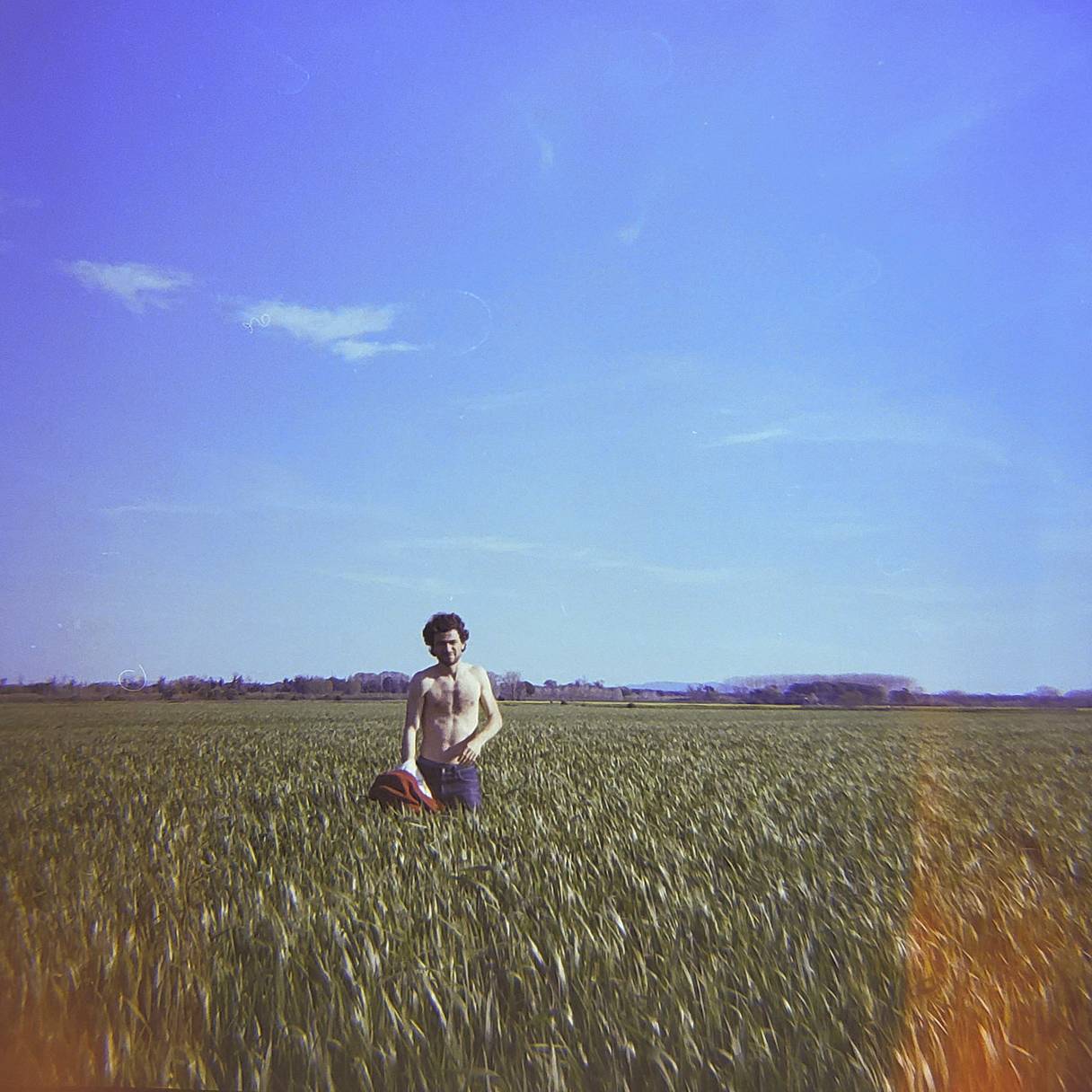




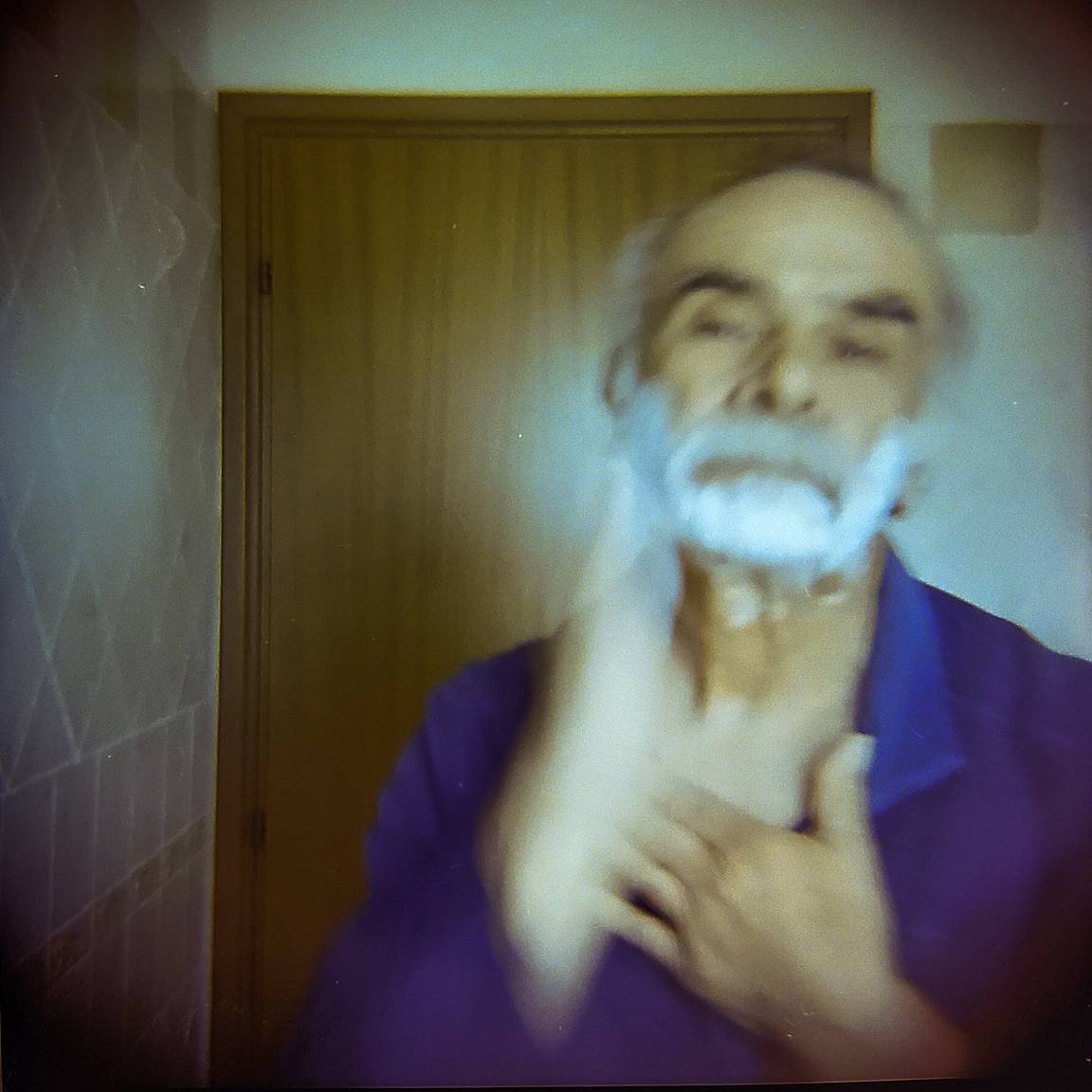
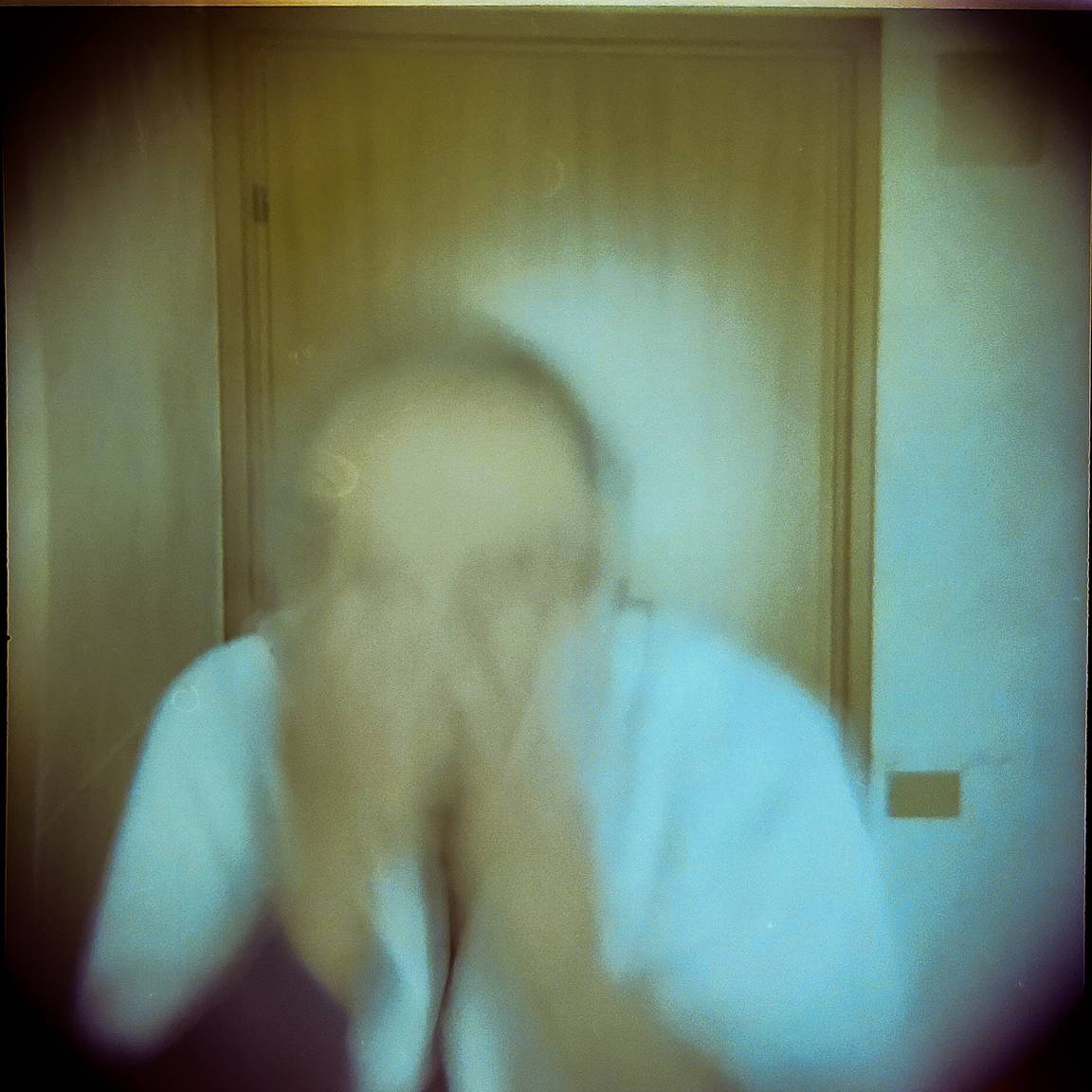



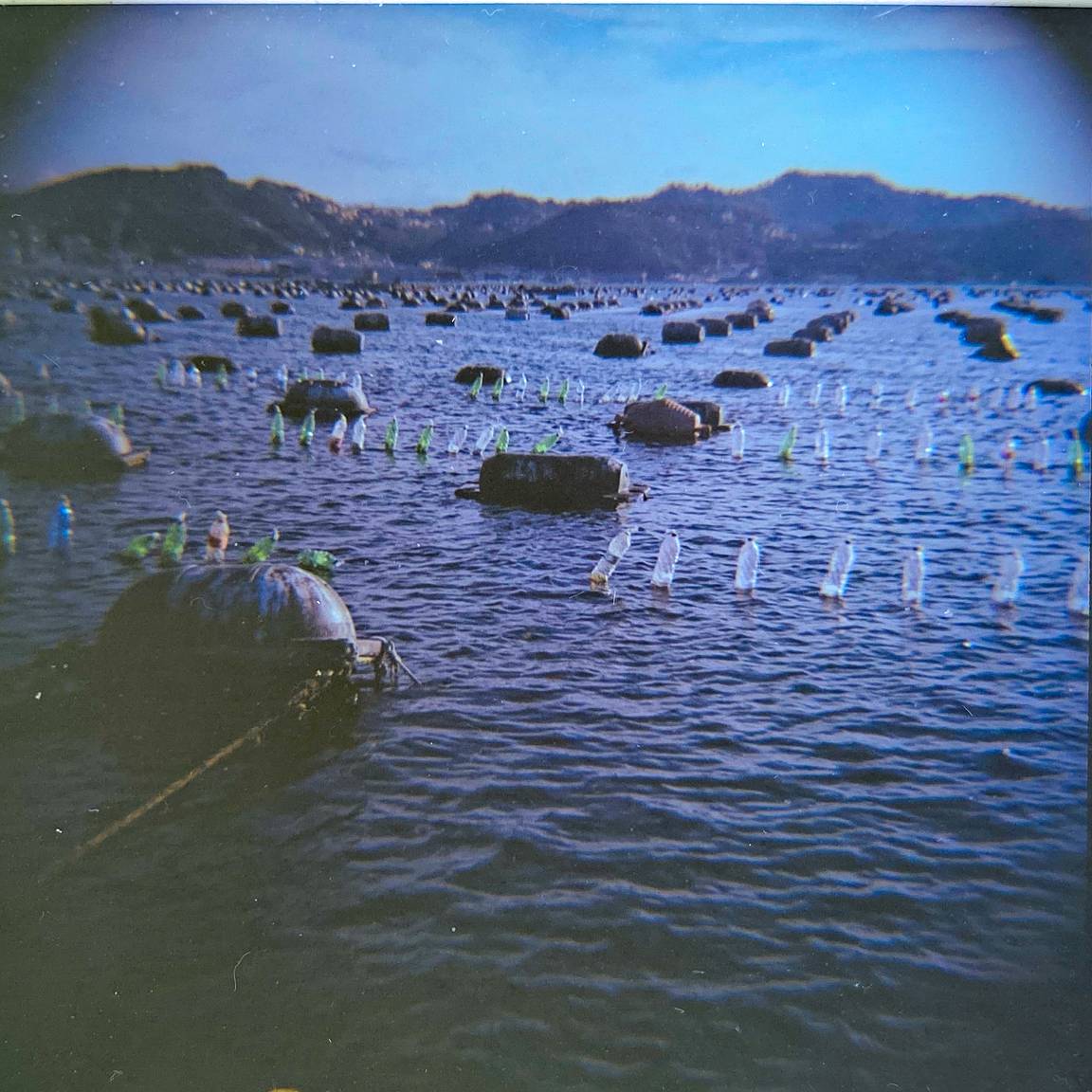


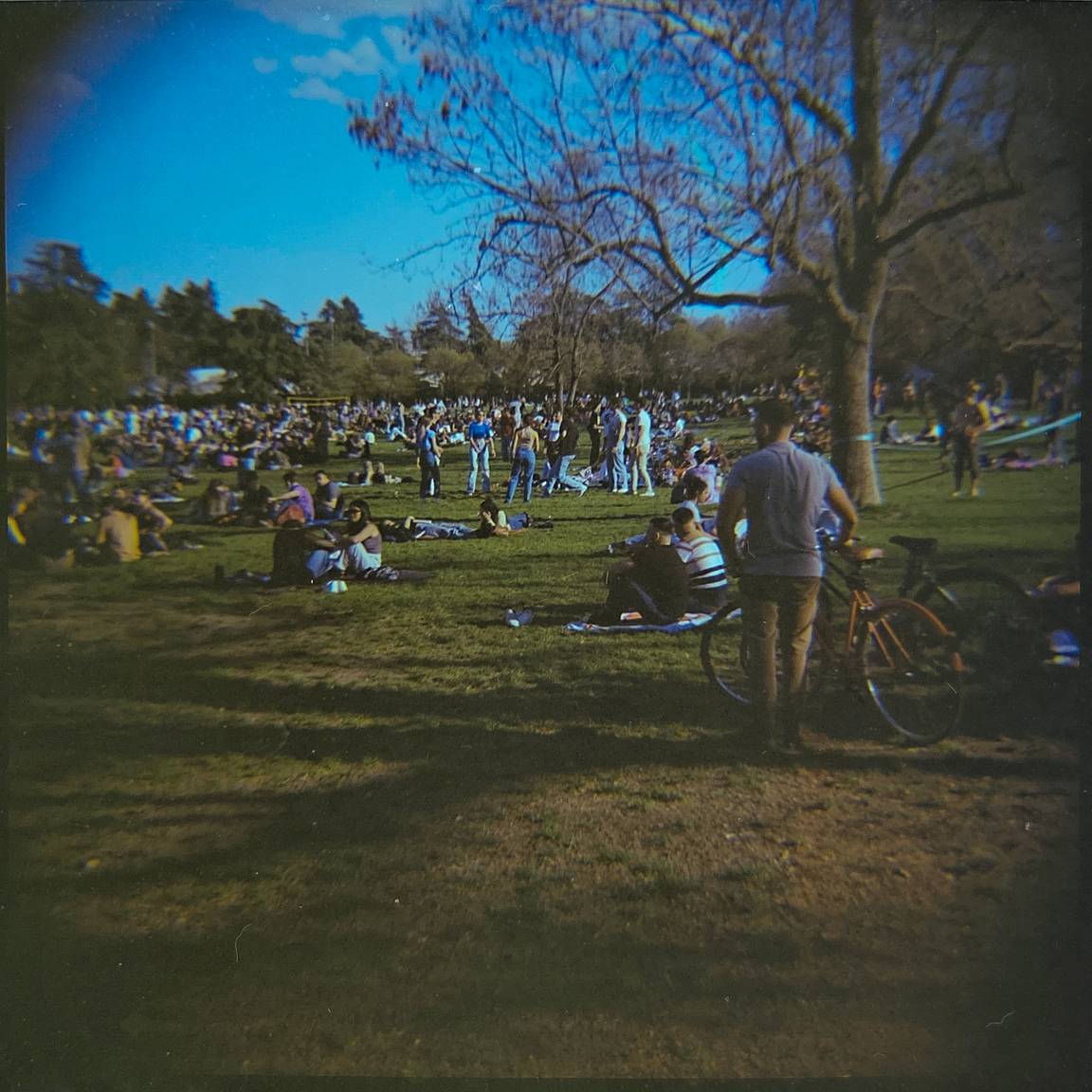









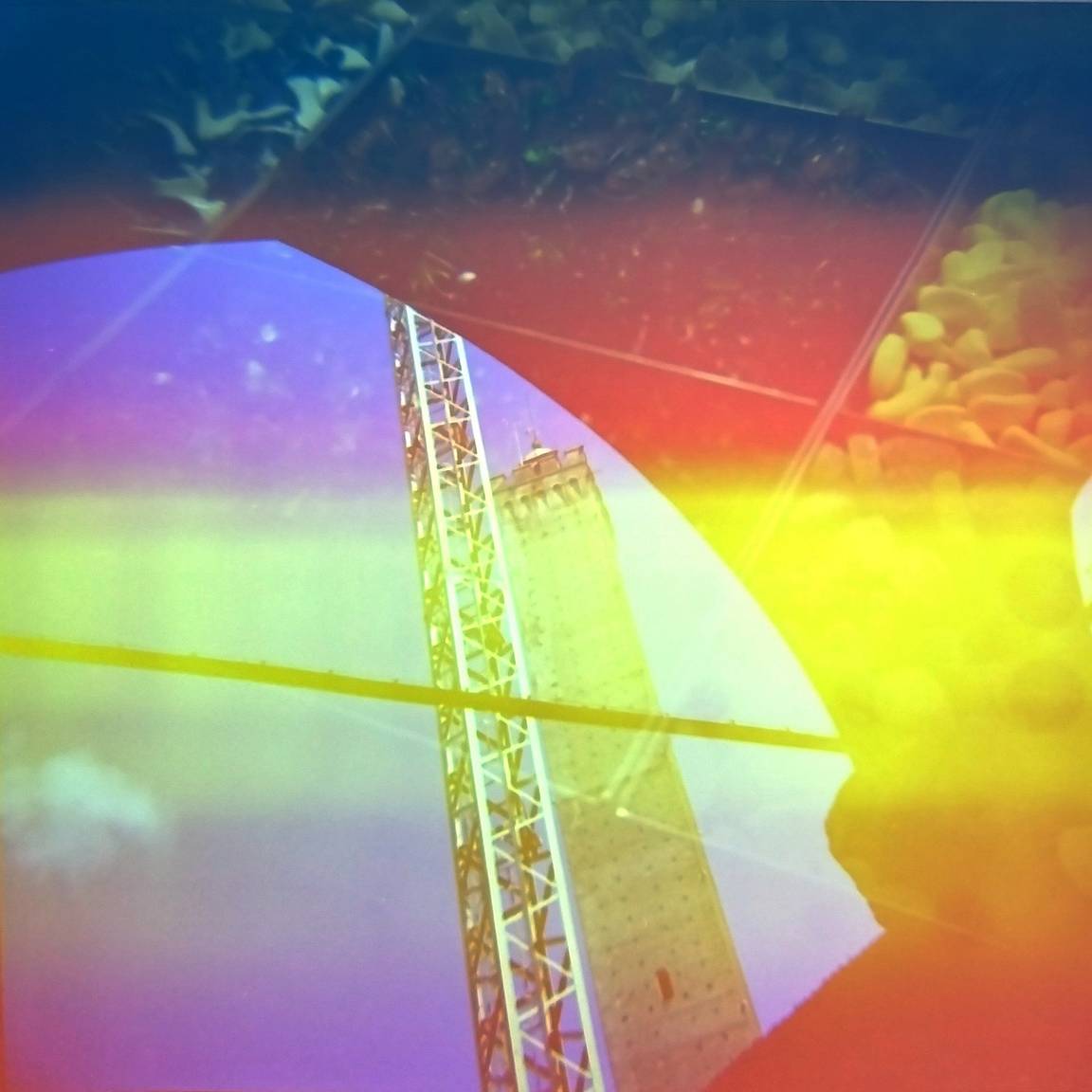


















No Comments